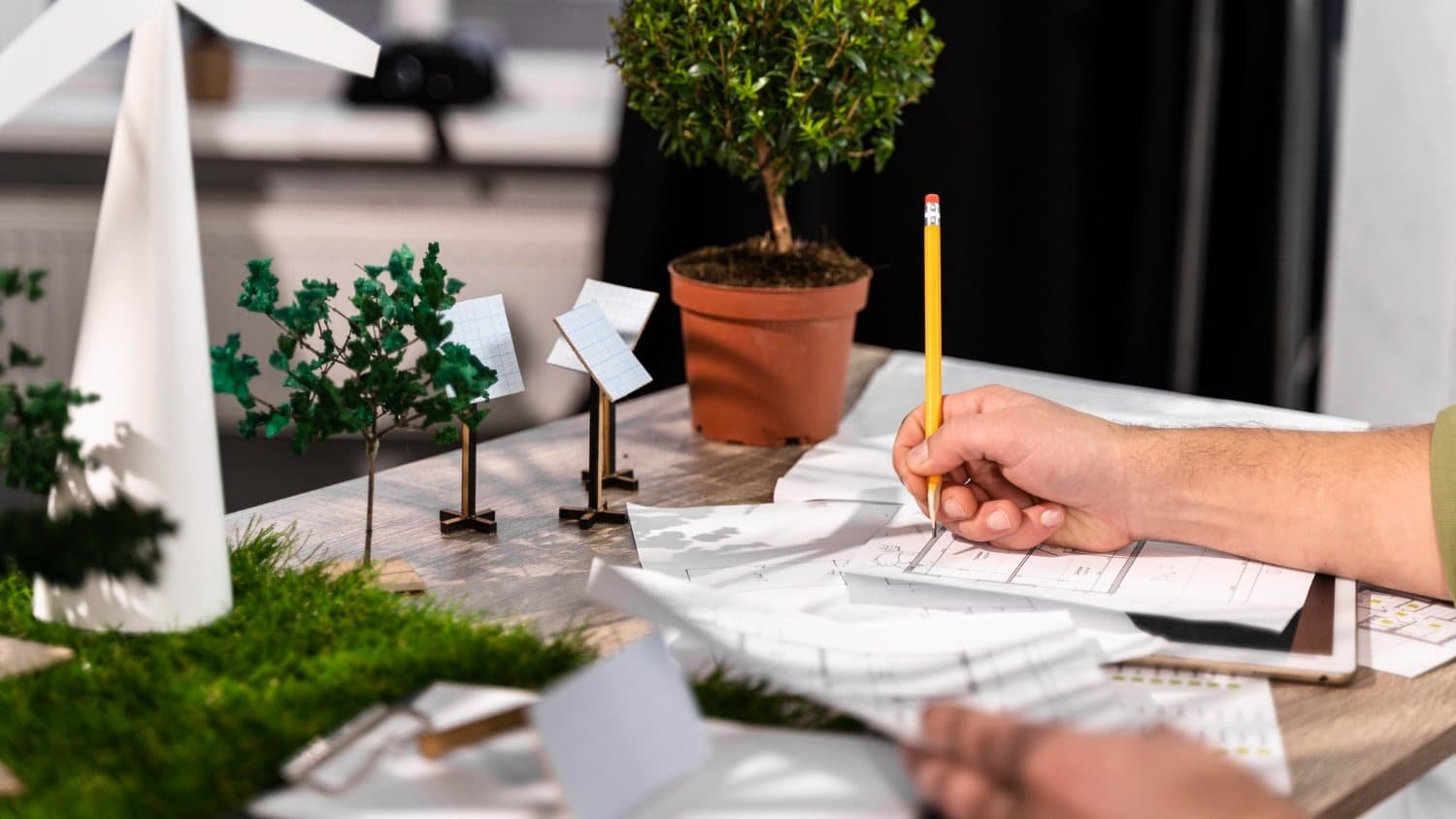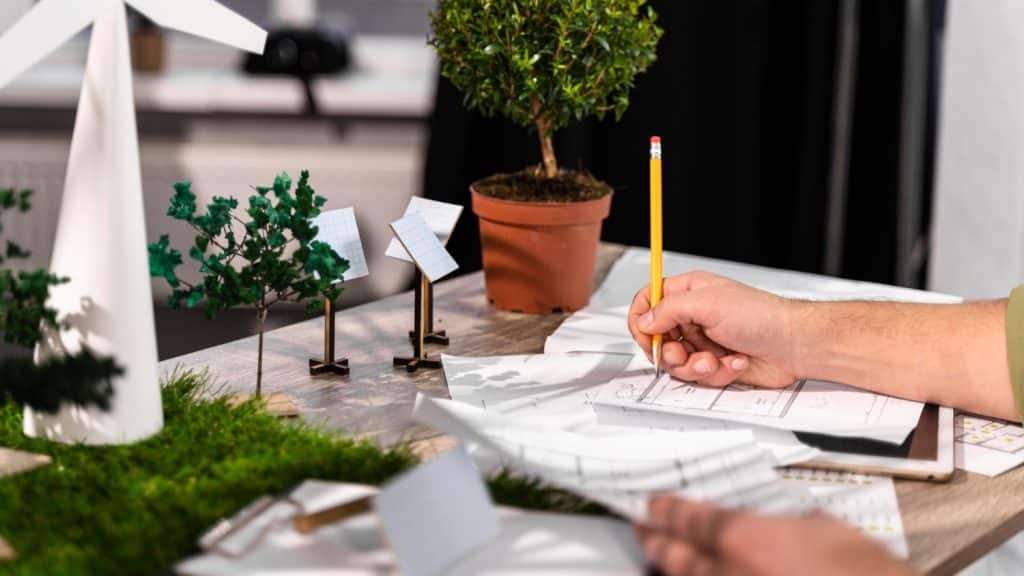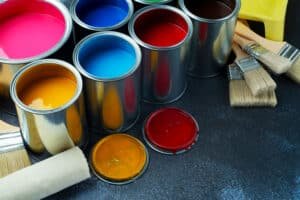Unlocking Sustainability: Embracing Eco-Friendly Design Practices
Hey there, eco-conscious creators and sustainability enthusiasts! Are you ready to journey towards a greener, more sustainable future? Well, buckle up and get ready to dive into the world of sustainable design practices, where creativity meets environmental responsibility, right here on Magque.
Why Sustainability Matters
First things first, let’s talk about why sustainability matters. In today’s world, where climate change and environmental degradation are hot topics, it’s more important than ever to embrace sustainable practices in all aspects of life, including design. Sustainable design isn’t just about creating beautiful products; it’s about minimizing our impact on the planet and preserving its resources for future generations. It’s like planting a tree today so our children can enjoy its shade tomorrow—an investment in our planet’s future.
Integrating Eco-Friendly Principles
So, how do we integrate eco-friendly principles into our design process? It’s all about thinking holistically and considering every decision’s environmental impact. From choosing sustainable materials to reducing waste and energy consumption, there are countless ways to make our designs more planet-friendly. It’s like assembling a puzzle, where each piece—no matter how small—plays a crucial role in creating the bigger picture of sustainability.
Designing for Circular Economy
One of the key concepts in sustainable design is the circular economy. Instead of following the traditional linear take-make-dispose model, the circular economy aims to keep resources in use for as long as possible, minimizing waste and maximizing value. Designing with the principles of the circular economy in mind means creating durable, repairable, and recyclable products, ensuring that they can be reused or repurposed at the end of their life cycle. It’s like breathing new life into old materials, giving them a second chance to shine.
Innovative Materials and Technologies
Fortunately, the world of sustainable design is constantly evolving, with new materials and technologies emerging to help us create more eco-friendly products. From biodegradable plastics to recycled textiles and renewable energy sources, there’s no shortage of innovative solutions available to designers today. By staying informed and embracing these advancements, we can push the boundaries of sustainable design and pave the way for a brighter, greener future. It’s like being a pioneer, exploring uncharted territory and discovering new ways to harmonize with nature.
Collaboration and Education
Of course, every journey towards sustainability is complete with collaboration and education. By sharing knowledge, exchanging ideas, and working together towards common goals, we can amplify our impact and drive meaningful change in the world. Whether partnering with like-minded organizations, sharing best practices within our communities, or educating the next generation of designers, there’s strength in numbers regarding sustainability. It’s like joining forces with fellow travelers on a quest to save the planet—we’re stronger together.
Conclusion:
So, there you have it—Magque’s guide to sustainable design practices. By embracing eco-friendly principles, designing for the circular economy, leveraging innovative materials and technologies, and fostering collaboration and education, we can create a more sustainable world for ourselves and future generations. So, let’s roll up our sleeves, unleash our creativity, and make sustainability the cornerstone of our design philosophy. Together, we can build a greener, more resilient planet—one thoughtful design at a time.
Read Also:














